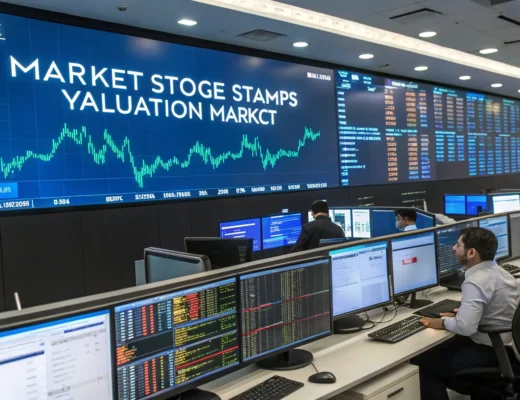Donald
Trump’s tariff ideas are again at the center of U.S. economic debate, as advisors promote new duties on imports while businesses and trade partners weigh the cost. The discussion picks up where the last tariff cycle left off, with questions about prices, supply chains, and global reactions. The stakes are high for consumers, manufacturers, and farmers at home, and for trade ties abroad.
Trump has floated sweeping tariffs, including broad duties on most imports and higher rates on goods from China. Supporters argue the measures would protect factories and reduce reliance on foreign suppliers. Critics warn the taxes would raise prices for households and invite retaliation from trading partners.
“Stay informed on the latest developments in Trump’s tariff policies, including their economic impact, effects on consumers, and influence on the U.S. and global economy.”
What Is on the Table
Advisors around
Trump have discussed a general tariff on most imports and tougher rates on targeted countries. The goal is to steer production to the
United States and pressure foreign governments on trade practices. The plan echoes the 2018–2019 period, when tariffs hit steel, aluminum, and a wide set of Chinese products.
Those earlier duties arrived through national security and trade law tools and covered hundreds of billions of dollars in goods. Some measures remained in place under the
Biden administration, while firms applied for limited exemptions.
How Past Tariffs Hit Prices
Research from the Federal Reserve Bank of New York, Columbia University, and Princeton University found that U.S. importers and consumers paid most of the 2018–2019 tariffs. The studies estimated billions of dollars per
year in added costs and efficiency losses.
A separate case involved home appliances. After tariffs on washing machines, retail prices for washers and even dryers rose. Analysts estimated that households paid more at the store, while manufacturers gained some price power in the short term.
Economists also point to the “
average tariff rate,” which climbed during the last round. Think tanks such as the Peterson Institute reported a move from low single digits to levels not seen in many years for a major economy.
Industry and Global Reactions
Manufacturers that use imported inputs, such as steel and electronics, warned that higher costs would squeeze margins. Some firms passed costs to customers; others delayed projects. Auto and machinery makers were among the loudest voices during the last cycle.
Farmers felt the blow from retaliation. China and other partners answered with duties on U.S. soybeans, pork, and other farm goods. The U.S. government rolled out farm support programs that totaled tens of
billions of dollars to offset the loss of export sales.
Trade partners may again respond if new tariffs land. The risk includes a series of tit-for-tat actions, stalled negotiations at the World Trade Organization, and shifting supply chains as companies reroute
orders to avoid tariffs.
What It Means for Consumers
Tariffs
act like a tax on imports. If set at a broad level, they touch many products in stores, from clothing to electronics to tools. Importers can try to switch suppliers or cut margins, but experience shows higher prices often reach the end buyer.
Supporters counter that tariffs can help rebuild factories and jobs. They argue that short-term price increases are a trade-off for longer-term industrial strength. They also claim leverage is needed to address forced tech transfers and state subsidies abroad.
The Road Ahead
Markets will watch for the scope and timing of any new measures. Key variables include the tariff rate, product lists, and any carve-outs for allies. Companies will also look for exemption processes that allow vital parts to enter without delay.
Analysts see three main scenarios: a broad tariff across most imports, targeted actions against select countries or sectors, or a mix paired with negotiations. Each path carries different price effects and retaliation risks.
Past experience offers a guide. Broad tariffs raised costs and prompted countermeasures. Narrow actions were easier to manage but had spillovers. Either way, clear rules and timelines matter for planning and investment.
The debate over
Trump’s tariff push comes down to jobs, prices, and leverage. Prior rounds show that consumers often pay more and that trade partners retaliate. Backers point to supply chain security and bargaining power. The next steps will set price pressures for households, profit margins for factories, and the tone of U.S. trade ties. Watch for details on rates, product coverage, and any response from major partners. Those decisions will define the balance between economic protection and
consumer cost in the months ahead.





